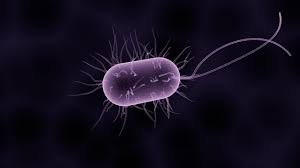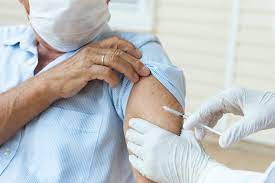Bacteria: The Basics
- Mahi Mahitcha

- May 10, 2022
- 2 min read
Bacteria are small, single-celled organisms that are found nearly everywhere on the planet: in soil, the ocean, and the human body.
In the environment, bacteria can play a role in the cycling of nutrients, and even help to produce foods we eat, such as pickles, soy sauce and wine. In the body, many play important roles (in the digestive system, for instance), while relatively few types of bacteria are found to cause disease. Bacterial cells in the body amount to approximately 10 times the number of human cells, but they live mainly in symbiosis with each other - with a few exceptions.

What are the ‘good’ bacteria?
Though the common misconception is that all bacteria are bad for you in some way, the National Human Genome Research Institute has actually classified most bacteria as beneficial.
Most of the ‘good’ bacteria resides in the digestive system, and contributes to fighting off the ‘bad’ bacteria, supporting immune function, and even helping the body digest certain types of food.
Good bacteria, like Lactobacilli, are found in dairy products like yogurt and occupy the small intestine. In the right amounts, their presence is crucial to the body’s production of vitamin K and other infection-fighting agents.
Some companies have recently started marketing products called probiotics that aim to improve one’s health by adding certain ‘good’ types of bacteria to the body. Probiotics can come in the form of pills, supplements, creams, etc., though it’s worth mentioning that the FDA has deemed there isn’t enough evidence to substantiate their effectiveness.
What are the ‘bad’ bacteria?
Bad’ bacteria are known as pathogenic. They cause disease by invading a person’s body due to poor hygiene or unsanitary water/preparation of food. Examples include salmonella and listeria, both of which cause some of the most sicknesses, hospitalizations, and deaths due to food poisoning in the United States.
Bacterial infections are usually treated with antibiotics, which either kill bacteria or prevent them from multiplying. However, every time a person takes an antibiotic, it could increase the chances of bacteria in the body learning to resist them, which means that in the future, they could contract an infection that cannot be cured by an antibiotic.
What’s the difference between bacteria and viruses?
Though they are commonly confused, viruses and bacteria are actually very different. Bacteria are living organisms, and usually cause what is called a localized infection, which remains in one part of the body. Viruses, on the other hand, are classified as nonliving and are parasitic, meaning they need a host cell to infect and reproduce inside of. Once they have reproduced, viruses spread all throughout the body and infect other cells.



Comments